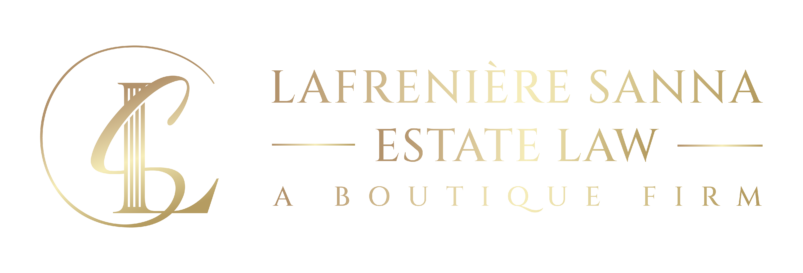We find that a parent will add a son or daughter as a joint owner of the parent’s bank account or other asset to avoid probate fees or to ensure the son or daughter has ready access to funds if the parent falls ill or dies. If the parent’s intention was that the son or daughter actually own the asset upon the parent’s death, it is essential that the parent make that intention clear either in his or her Will or in some other form preferably in writing. Some clear evidence of intention is important as the Supreme Court of Canada has ruled that bank accounts held jointly between a parent and child are generally considered part of the parent’s estate assuming that the child did not contribute to the asset. There are exceptions to this rule, however, such as where the joint owner is a minor child (under the age of 18) or an incapable child.
Although the estate assets held jointly with an adult, capable child are considered part of the parent’s estate, without the co-operation of the joint-owner child, other children of the deceased parent may have to take their sibling to court to recover a share of the bank account if the joint-owner child does not co-operate.
Naming beneficiaries on insurance policies, registered retirement savings plans (RRSPs) and registered retirement income plans (RRIFs) is one way to avoid probate on some assets provided that all of a person’s assets and the tax implications are carefully considered. Some parents name beneficiaries on an asset-by-asset basis. For example, a parent has a substantial RRSP which holds investments totalling $500,000. The parent’s other assets total approximately $500,000. The parent names child A as beneficiary of the RRSPs and leaves everything else to child B by way of the parent’s Will. The RRSP is not subject to probate fees although the rest of the estate is.
There are many problems with an asset-by-asset distribution like this. However, the major concern in this example is that Child A receives the entire RRSP value while the estate (which has been left to Child B by the Will) is responsible for the taxes on the RRSP. In the year of death, the RRSP is 100% taxable income — almost half the value of the RRSP could be payable as income tax. However, as the RRSP is fully paid to Child A (financial institutions do not hold back tax when paying out on death), Child B takes the income tax hit as Child B’s inheritance is the estate which must pay the tax thus reducing what is left for Child B.

Reproduction of this blog is permitted if the author is credited. If you have questions or if you would like more information, please call us at 613 836-9915. This blog is not intended to be legal advice but contains general information. Please consult a lawyer or other professional to determine how the information in this blog might apply to you.
Blog posts pre-dated December 1, 2015 were originally published under Neff Law Office Professional Corporation.

